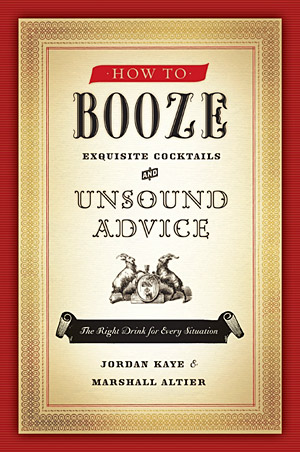How to Optimize Book Jacket Copy
The copy that lives on hardcover book jacket-flaps, or on the backs of soft-cover books, is essentially (besides word-of-mouth) what gets a customer to buy a book they are browsing in a book store. In 300-500 words, this is the publisher’s opportunity at marketing a book to the reader. There are editors that have the primary job of writing book jacket copy all day. They need to be witty, thoughtful, and creative in order to get you to buy their book. But what happens when this book jacket copy lives on websites such as amazon.com and barnesandnoble.com? How does that jacket-flap copy translate to the web? 
Promediacorp was contracted to do SEO training for the editorial group of a publishing company. Our challenge was to teach these editors – who have English and writing and journalism degrees, and several years experience writing for print – to learn to adapt their writing styles to the web.
We first pointed out the obvious – search engines are not human. Google does not understand metaphor, sarcasm, analogies, and cannot infer meaning from them. We all know the importance of keywords and keyword research. Unless you specifically place keywords on your web page describing your web page, Google won’t always understand what it’s about. But – on the other hand – one of the first rules of SEO copywriting is to write for humans first, and search engines second. In other words, don’t dumb down your copy for Google’s sake.
Let’s go through an example.
 We have a book called “How to Booze: Exquisite Cocktails and Unsound Advice“. The jacket-flap copy reads like this:
We have a book called “How to Booze: Exquisite Cocktails and Unsound Advice“. The jacket-flap copy reads like this:
There is a perfect drink for every situation. So what should you drink tonight? It depends…
Are you stalking your ex? Try a pisco sour.
Drowning out the ticking of your biological clock? A bee’s knees will do.
Spoiling for a vicious brawl with your dearest loved ones? A tipperary helps you get there.
Sinking into debauchery underneath the mistletoe at your boss’s holiday party? A presbyterian, what else?
How to Booze has all the answers on what to drink when. Armed with nearly one hundred iconic recipes, useful facts on technique and ingredients, and more than enough advice to get you into trouble, you will now know just the right drink for the occasion and how to prepare it like a professional.
It’s very cute. I get the allegories.
But what is this book about? It’s a how-to guide on mixing cocktails and alcoholic drinks. But for the search engines, there does not seem to be a clear theme to this book. What does stalking your ex have to do with a bees knees or debauchery underneath the mistletoe? A better strategy here might be to include words such as “drinking”, “cocktails”, “cocktail recipes” “bar-tending”, none of which are included in the copy. If you are looking for a book on bar-tending or mixing cocktails, you may not immediately find it on Amazon or Barnes and Nobles online because the book does not match the keyword query.
I’m absolutely not saying to stuff the important keywords throughout the copy. We always want to write first for the user experience, before writing for search engines. But it is possible to sprinkle in some of our core terms without compromising the quality and intent of this flap-jacket copy.
Here are my general tips for optimizing book jacket copy:
- Do the keyword research. What core terms will lead people to your book?
- Use variations of keywords where possible. Check out Promediacorp Suggester for some help.
- Your keywords should follow a general theme so Google can infer meaning from the copy (Google can perceive a connection between keyword proximity).
- Get the core keywords in the first few sentences.
Unfortunately, Google dictates the way we do business today which means we have no choice but to conform to Google guidelines if we want to be competitive online. And yes, a webpage’s structure and meta data (title tag, meta description) are very important components in helping a webpage rank in the SERPs, and you could argue that sites like Amazon place reviews, comments, and tons of other keyword-rich content on a page, taking the focus away from book jacket copy. That’s true, but, with thousands of sites out there pulling content, you never know where book jacket copy is going to live. That copy could stand alone on a webpage. And if getting a few keywords in there helps make a sale, then it’s a no-brainer.
